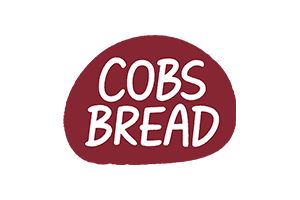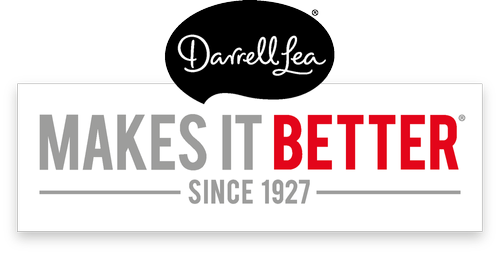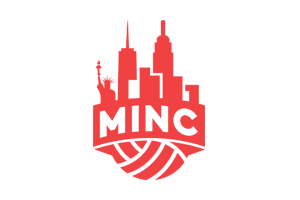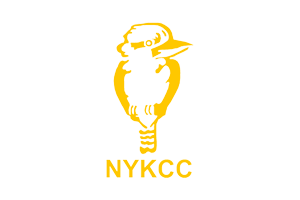Moving to the United States is an exciting prospect. There are opportunities everywhere but it's important that you ensure you've done everything correctly to make your transition as smooth as possible. Immigration and the legal requirements for moving are going to be your biggest red-tape hurdle in your journey, and there's a lot of bad advice out there, so here's what you should know.
One thing to keep in mind throughout this whole process is to be very mindful of what you post, and what you ask, on social media.
Where to get your U.S. Visa
This question gets asked so many times. It is honestly the reason that I started this website because it was driving me bananas.
If you've had a good or bad experience, please add your own, as well.
How to get your U.S. Visa to live and work in America
So you want to live and work in the United States? Well to start, check out our article summarizing the work visas that might be available or pick from the list below:
- I am a professional Australian with a Bachelor’s Degree (or equivalent) who wants to work in the US (E3 Visa);
- I have extraordinary abilities in the sciences, arts, education, business or athletics OR I’ve had extraordinary achievement in motion picture and television production (O1 Visa);
- I want to work in a specialty occupation (H1B Visa)
- I'm transferring internally within my company (L1 Visa)
- I want to do an exchange program in America (J1 Visa)
- I’m wanting to study in the US (M1 Visas);
- I’m wanting to study in a vocational program in the US (F1 Visas);
- I want to visit as a tourist or do some Australian business in the US (B1/B2 Visas);
- I just want to visit as a tourist for less than three months (ESTA Visa Waiver)
Green Cards, Permanent Residency & the Diversity Lottery
A green card is permanent residency in the US and there are only a few different ways that you can actually achieve this, and all of them take a significant amount of time.
We've outlined all of the steps and hurdles of green cards along the way here, and if you're looking for information about this year's green card lottery be sure to read this.
Your Passport & Visa
Once you have your visa firmly secured inside your passport, you're going to want to keep those in your hot little hands.
If you lose your passport, it's not that easy to replace and you will in most cases have to repeat the whole process of getting a visa again.
If you do lose your passport while in the US, here's what to do.
Attorneys & Lawyers
In most if not all cases, having a lawyer or attorney on hand to help you out with your application is going to be essential. You'll find
I can recommend Doug Lightman from Lightman Immigration as one fantastic resource for all things immigration for Australians, I also recommend Zjantelle Markel from Cammisa Markel, and I can also highly recommend Tara Gray from Tara Gray Law!
Aside from Doug, Zjantelle, and Tara, use the Communities we've listed to find some good advice and get some great other referrals!
Costs for these services can vary significantly so be prepared to talk through your options with your lawyer and know exactly what you're getting and for how much.
Many offices and businesses do pay for the immigration costs associated with moving you to the US so that is one topic that is worth discussing at some point throughout your hiring journey if you've found work.
Travel Insurance & Health Insurance
Similar to the legal advice above, travel and/or health Insurance are incredibly important when visiting or living in the US. The reason is that healthcare in this country is outrageously expensive and will send you quickly into debt if you are not ready for it.
Travel insurance will not suffice long-term, so be sure to look into health insurance! I have some advice here on which health insurance you can use if you're new, or are not covered by health insurance elsewhere.
Insurance is important and very personal, so be sure to read carefully what you are getting, for how much, and ensure that it includes the US specifically.
Frequently Asked Questions
Hey Taylor. I did my in Sydney a few weeks ago. They didnt ask for anything but take what you can: Bank statements (most important), a letter from someone (parents, family) to say you will live with them on your return. I took proof of my superannuation, private health, phone bills etc. If you have a car this is good also as an asset. Good luck!
– Nonie H. (May, 2017)
Bank statements and credit cards, license etc. They may not ask you to prove ties to Australia at all if it’s your first E-3 and you have a well documented sponsorship letter.
Ronald L. (May, 2017)
No. If your visa is still valid you can travel to the United States with your two passports, as long as the visa is valid, not damaged, and is the appropriate type of visa required for your principal purpose of travel. (Example: tourist visa, when your principal purpose of travel is tourism). Both passports (the valid and the expired one with the visa) should be from the same country and type (Example: both Uruguayan regular passports, both official passports, etc.). When you arrive at the U.S. port-of-entry (POE, generally an airport or land border) the Customs and Border Protection Immigration Officer will check your visa in the old passport and if s/he decides to admit you into the United States they will stamp your new passport with an admission stamp along with the annotation “VIOPP” (visa in other passport). Do not try to remove the visa from your old passport and stick it into the new valid passport. If you do so, your visa will no longer be valid.















